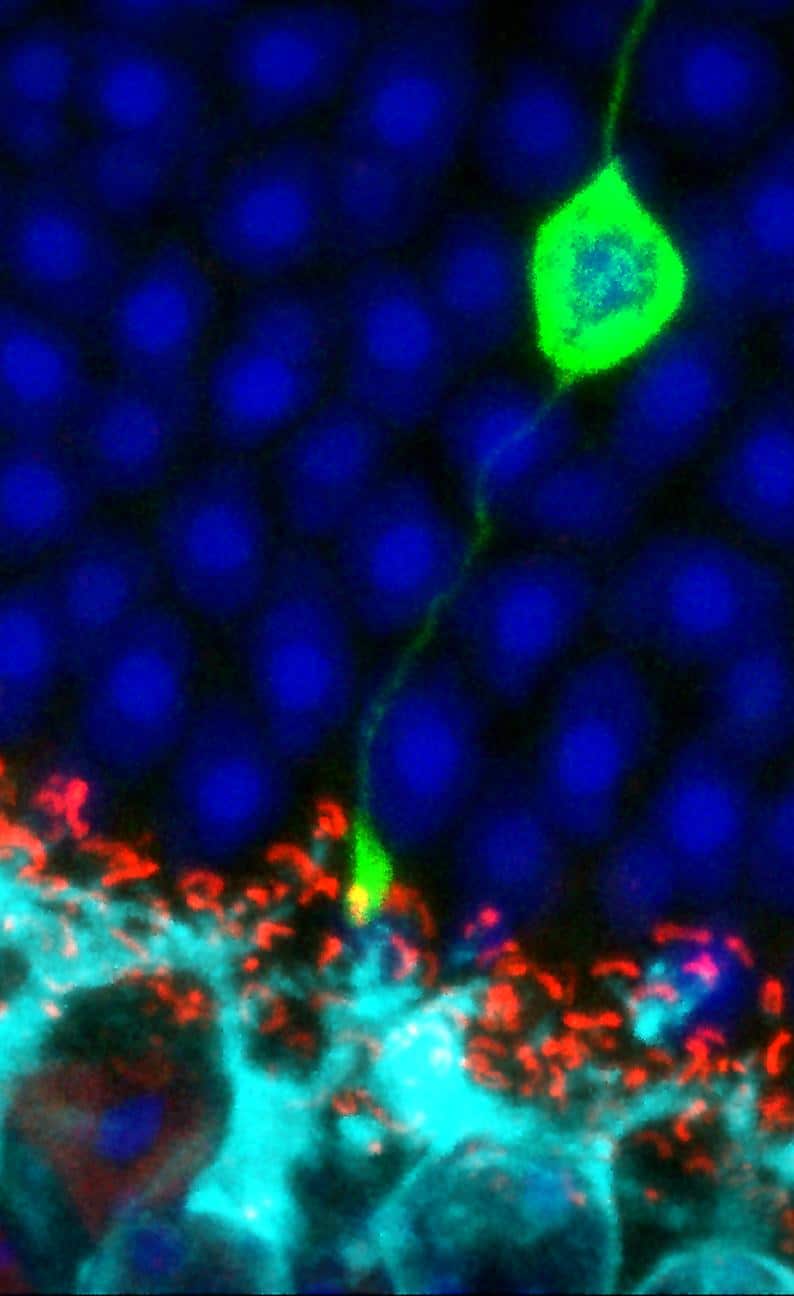Limiting side effects from Luxturna treatment
Researchers discovered a method to reduce Luxturna injection-related inflammation, improving safety and potentially preventing chorioretinal atrophy.
Search results
Researchers discovered a method to reduce Luxturna injection-related inflammation, improving safety and potentially preventing chorioretinal atrophy.
The collective partnership of eight of the leading charities in the sight loss sector, known for the last three years as the VI Charity Sector Partnership, has re-launched under a new identity of the ‘Vision Partnership’ with a re-invigorated purpose and new strategic focus.

We can provide all the support your organisation needs to work with us; from ideas to practical support and materials. The Retina UK team will help your contribution be as fun and rewarding as possible.
Retina UK is delighted that the Scottish Medicines Consortium (SMC) has accepted the gene therapy Luxturna (voretigene neparvovec) for ongoing use by the NHS in Scotland.
A recently published study has described numerous disease mechanisms that appear to be common across different types of inherited sight loss, suggesting that there is significant potential for drug treatments that could work regardless of the underlying causative gene.

Dr Nikolas Pontikos is a Senior Research Fellow at UCL Institute of Ophthalmology, and has been working on inherited retinal conditions for several years.
Autosomal dominant inheritance means that the faulty gene is on an autosome (any chromosome other than the sex chromosomes) and that only one faulty copy is needed to cause sight loss.
Introducing Splice Bio, a genetic medicines company with some exciting developments for Stargardt’s patients.
Biotechnology company MeiraGTx has announced encouraging news from its phase 1/2 clinical trial of botaretigene sparoparvovec (previously known as AAV-RPGR), a gene therapy aimed at X-linked retinitis pigmentosa caused by faults in the RPGR gene.

Stem cells are a special type of cell, which under the right conditions can be encouraged to grow into any other type of cell in the body, including retinal cells (rods, cones and retinal pigment epithelial cells).